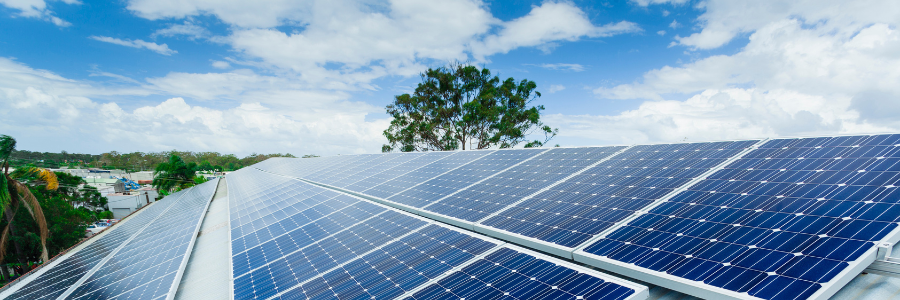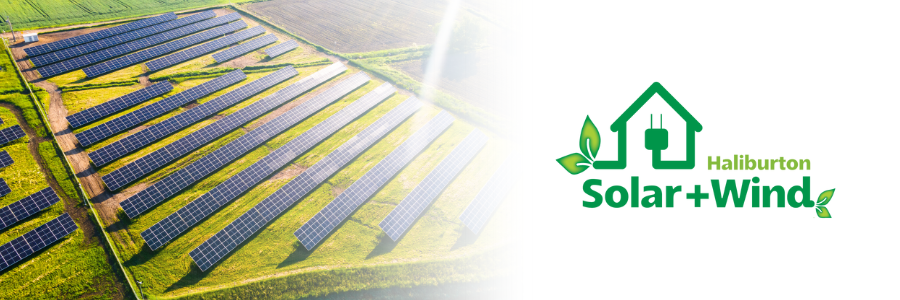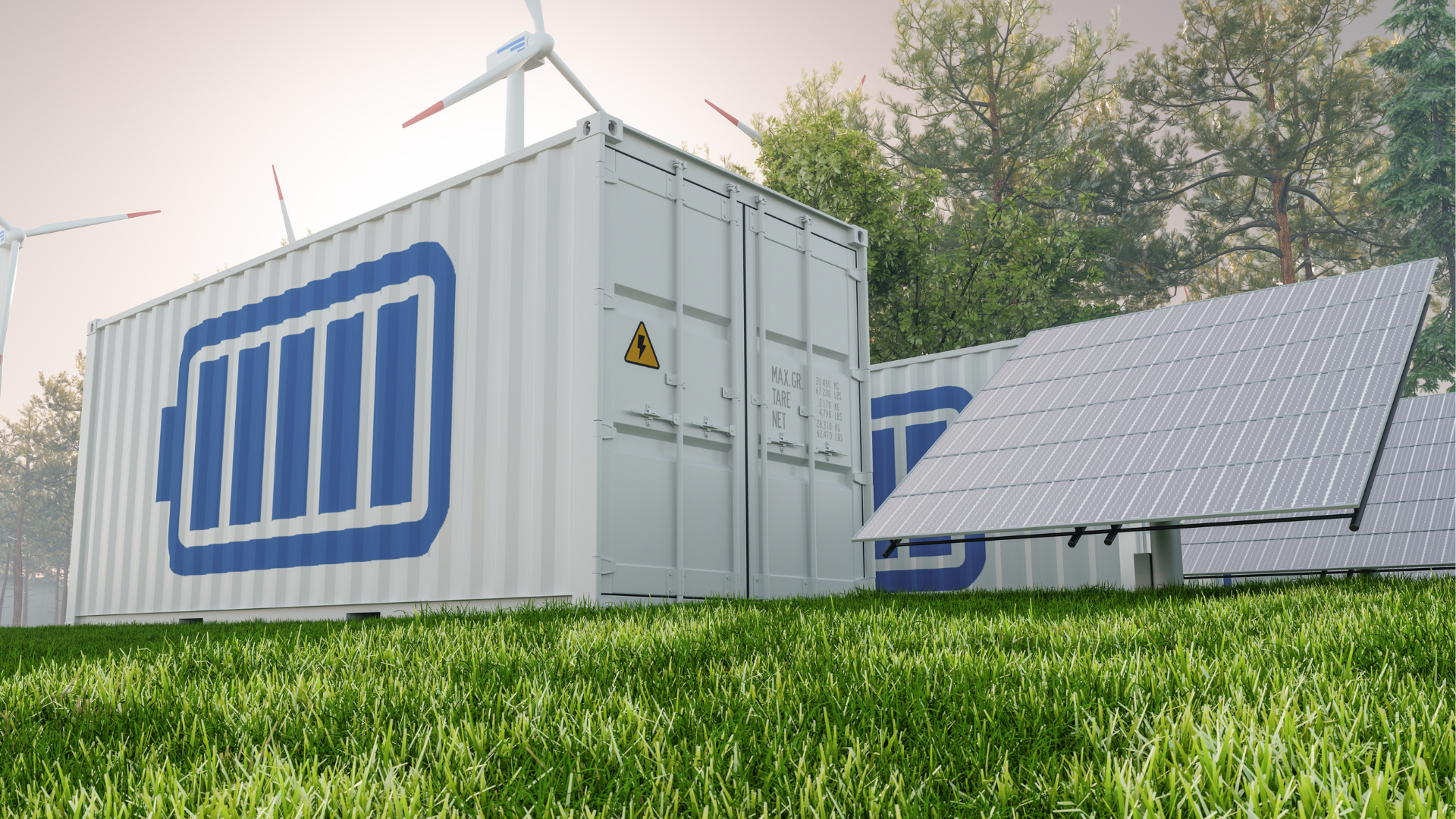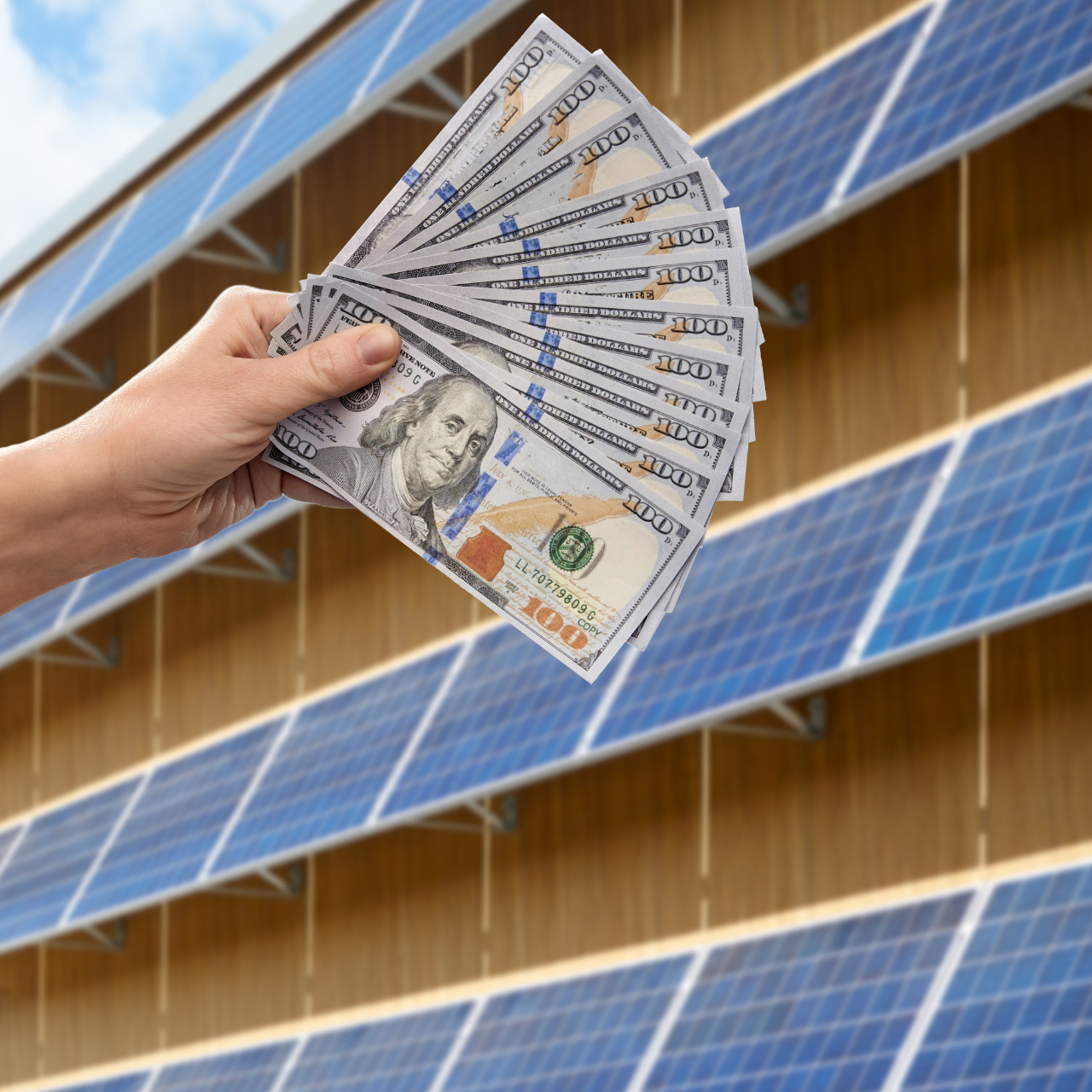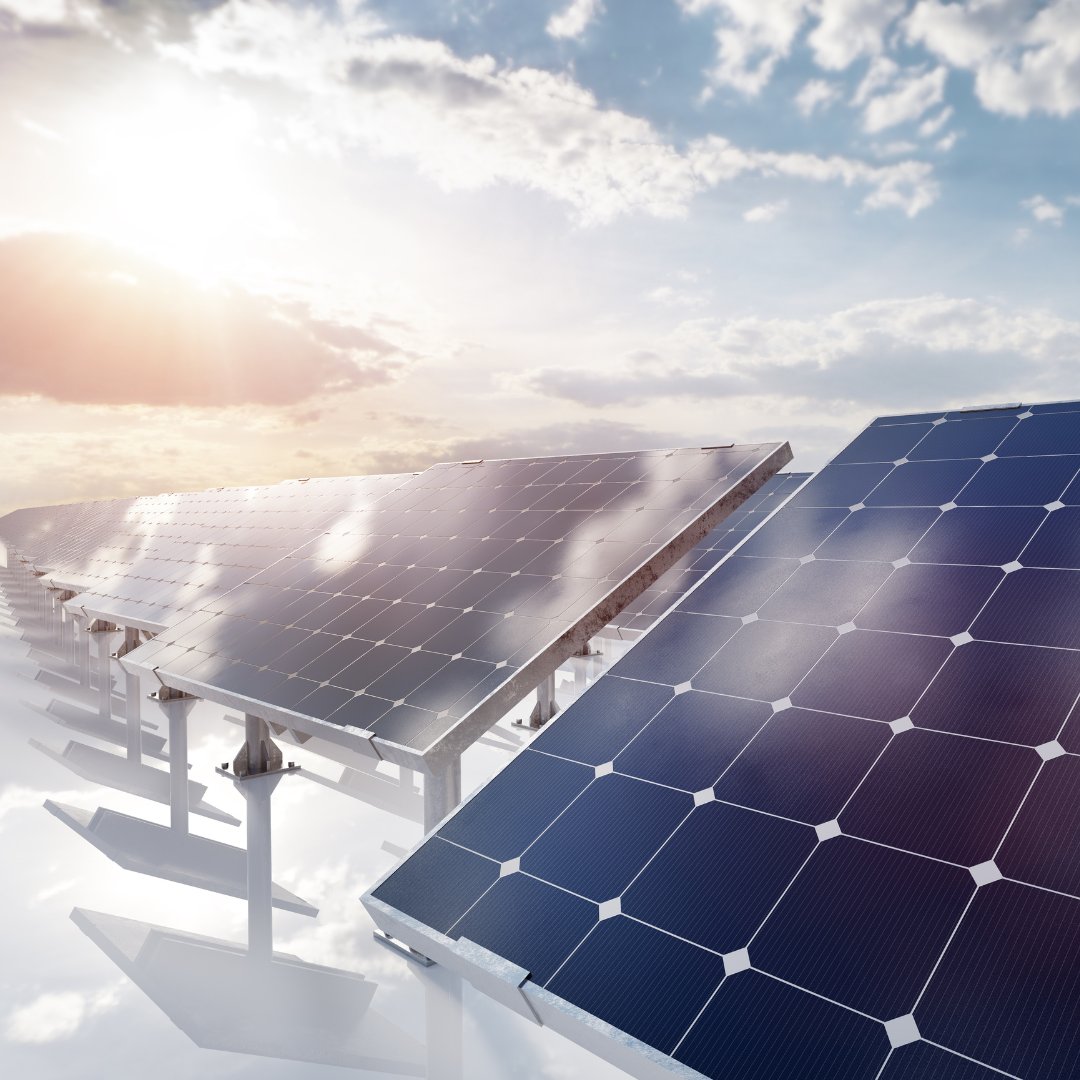The Green Revolution: How Solar Energy is Harvested
What is solar energy?
Solar energy is the radiant light and heat from the sun that is harnessed using a variety of technologies, such as solar panels and solar inverters. It is a
renewable source of energy that can be used to generate electricity and heat water. Solar energy is important because it is a clean and sustainable alternative to fossil fuels, reducing greenhouse gas emissions and dependence on non-renewable resources.
Off-grid systems and why go solar are key concepts related to solar energy. Off-grid systems allow individuals or communities to be self-sufficient by generating their own electricity using solar power. Going solar is beneficial for both the environment and individuals, as it helps reduce electricity bills and provides a reliable source of energy.
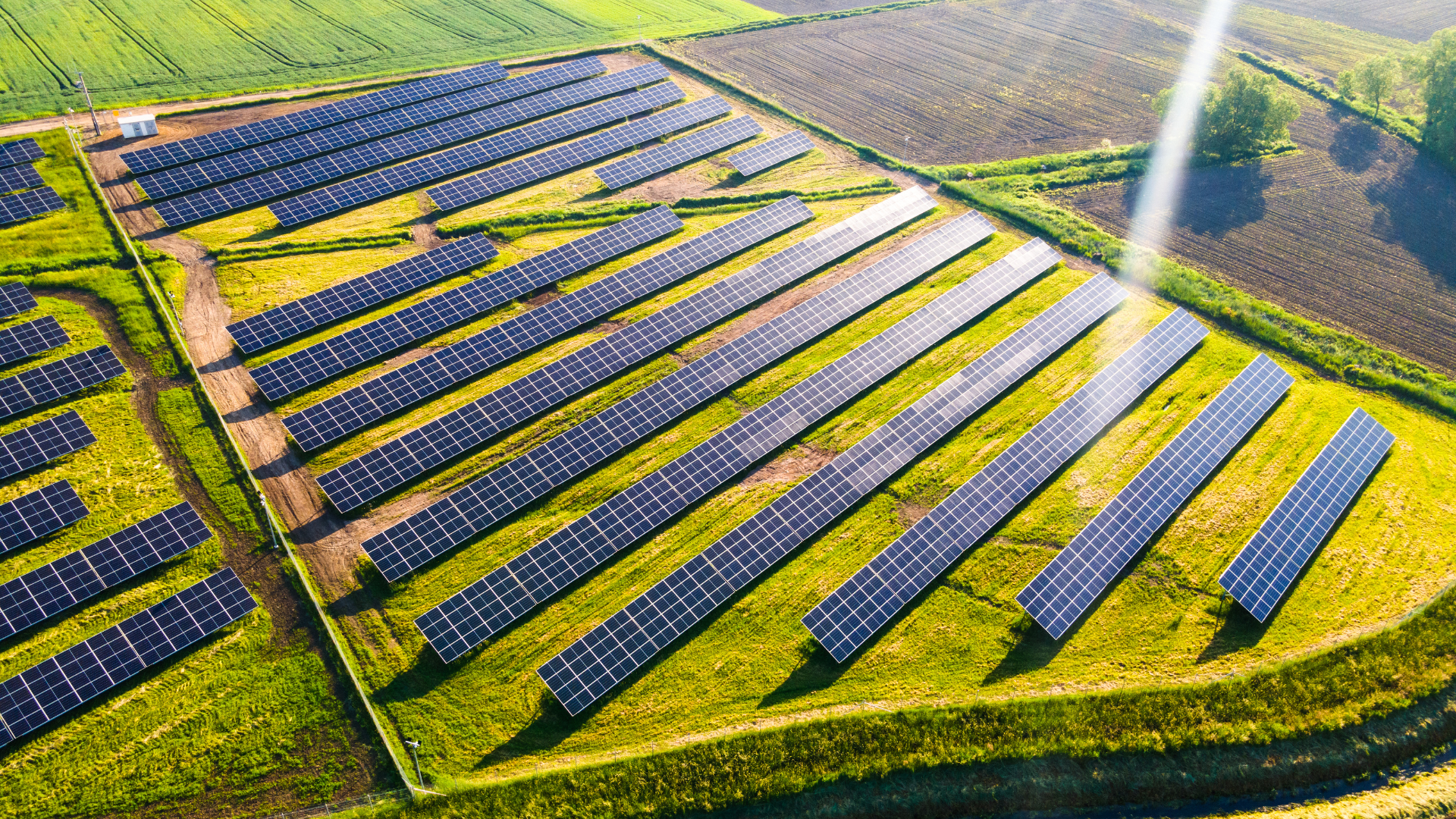
Why is solar energy important?
Solar energy is important for several reasons. Firstly, it provides a sustainable and renewable source of power that can be harnessed to reduce our reliance on fossil fuels. This is particularly crucial in the face of climate change and the need to reduce greenhouse gas emissions. Solar energy also offers the opportunity for individuals and communities to become more self-sufficient through off-grid systems. By installing solar panels and utilizing battery storage, households can generate their own electricity and reduce their dependence on the traditional power grid. Additionally, going solar has numerous benefits, including cost savings on electricity bills, increased property value, and a positive impact on the environment. As the cost of solar panels continues to decrease and the efficiency of solar technology improves, more and more people are recognizing the importance of solar energy and choosing to go solar.
How is solar energy harvested?
Solar energy is harvested through the use of solar panels. These panels, which are typically made of silicon, convert sunlight into electricity through a process called the photovoltaic effect. Off grid systems and why go solar are two important concepts related to the harvesting of solar energy. Off grid systems allow individuals and communities to generate their own electricity, reducing their reliance on traditional power sources. Going solar is beneficial for both the environment and the economy, as it reduces carbon emissions and lowers energy costs. Solar energy can be harvested in various ways, including through the use of solar panels, solar inverters, and battery storage systems. Solar panels are the most common method of harvesting solar energy and come in different types such as monocrystalline, polycrystalline, and thin-film. Solar inverters are used to convert the direct current (DC) electricity generated by solar panels into alternating current (AC) electricity that can be used to power homes and businesses. Battery storage systems play a crucial role in storing excess solar energy for use during times when the sun is not shining, ensuring a continuous supply of electricity. Overall, the harvesting of solar energy is a sustainable and renewable solution that offers numerous benefits for individuals, communities, and the planet.
Solar Panels
Types of solar panels
There are several types of solar panels available for harnessing solar energy. These include monocrystalline, polycrystalline, and thin-film panels. Monocrystalline panels are made from a single crystal structure and are known for their high efficiency. Polycrystalline panels are made from multiple crystal structures and are more affordable. Thin-film panels are made by depositing a thin layer of photovoltaic material onto a surface. Each type of panel has its own advantages and disadvantages. For example, monocrystalline panels are more efficient but also more expensive. Polycrystalline panels are less efficient but more affordable. Thin-film panels are the least efficient but also the cheapest option. When choosing a solar panel for an off-grid system or when considering why go solar, it is important to consider factors such as cost, efficiency, and available space. Below is a table summarizing the characteristics of each type of solar panel:
| Type of Solar Panel | Efficiency | Cost |
|---|---|---|
| Monocrystalline | High | High |
| Polycrystalline | Moderate | Moderate |
| Thin-film | Low | Low |
Going solar can have numerous benefits, including reduced electricity bills, lower carbon footprint, and increased energy independence. By harnessing the power of the sun, individuals and businesses can contribute to a more sustainable future for our planet.
How do solar panels work?
Solar panels are the main component of a solar energy system. They are made up of photovoltaic (PV) cells that convert sunlight into electricity. When sunlight hits the PV cells, it excites the electrons, creating a flow of electricity. This electricity is then captured and stored in a battery storage system or sent to a solar inverter to convert it into usable AC power. Solar panels can be used in both on-grid and off-grid systems. In an on-grid system, excess electricity can be fed back into the grid, while in an off-grid system, the electricity is used to power the property directly. Solar panels are a key component of why go solar, as they provide a sustainable and renewable source of energy.
Efficiency of solar panels
Solar panels are an essential component of any solar energy system. The efficiency of solar panels is a key factor in determining the overall performance of the system. High-efficiency solar panels are able to convert a larger percentage of sunlight into electricity, resulting in greater energy output. This is particularly important for off-grid systems where the availability of sunlight may be limited. Why go solar is a common question, and the efficiency of solar panels plays a crucial role in answering it. The table below provides an overview of the efficiency ratings of different types of solar panels:
| Type of Solar Panel | Efficiency Rating |
|---|---|
| Monocrystalline | 15-20% |
| Polycrystalline | 13-16% |
| Thin-Film | 10-12% |
Solar Inverters
Function of solar inverters
Solar inverters play a crucial role in the
harvesting of solar energy. They are responsible for converting the
direct current (DC) electricity produced by solar panels into
alternating current (AC) electricity that can be used to power homes and businesses. In addition to this primary function, solar inverters also ensure the
efficiency and safety of the solar power system. They monitor the performance of the solar panels, optimize the power output, and protect against overvoltage and other electrical issues. Solar inverters are an essential component of both
grid-tied and
off-grid systems, allowing users to
go solar and reduce their reliance on traditional energy sources.
By enabling the conversion and management of solar energy, solar inverters contribute to a sustainable and environmentally friendly future.
| Type of Solar Inverter | Function |
|---|---|
| String Inverters | Converts DC power from multiple solar panels connected in series into AC power |
| Microinverters | Converts DC power from individual solar panels into AC power |
| Hybrid Inverters | Allows for the integration of battery storage systems and can operate in both grid-tied and off-grid modes |
Types of solar inverters
There are several types of solar inverters that are used in solar energy systems. One of the most common types is the string inverter, which is used in grid-tied systems. Another type is the microinverter, which is often used in residential installations. A third type is the central inverter, which is typically used in large-scale solar power plants. Each type of inverter has its own advantages and disadvantages, and the choice of inverter depends on factors such as the size of the system and the specific requirements of the project. When designing an off-grid system, it is important to choose the right type of inverter to ensure optimal performance and reliability. Why go solar? Solar energy is a clean and renewable source of power that can help reduce dependence on fossil fuels and mitigate climate change. By harnessing the power of the sun, we can generate electricity in a sustainable and environmentally-friendly way.
Here is a table comparing the different types of solar inverters:
| Inverter Type | Advantages | Disadvantages |
|---|---|---|
| String Inverter | Cost-effective, easy to install | Affected by shading and module mismatch |
| Microinverter | Module-level MPPT, increased system performance | Higher cost, more complex installation |
| Central Inverter | High efficiency, suitable for large-scale installations | Single point of failure, higher maintenance costs |
Importance of solar inverters
Solar inverters play a crucial role in
harvesting solar energy and converting it into usable electricity. They are an essential component of
off-grid systems and
grid-tied systems alike. In an off-grid system, solar inverters are responsible for converting the DC power generated by solar panels into AC power that can be used to power appliances and devices. This allows individuals and communities to become self-sufficient and reduce their reliance on traditional power sources. In grid-tied systems, solar inverters ensure that the electricity generated by solar panels is synchronized with the utility grid, allowing homeowners and businesses to
go solar and reduce their carbon footprint. Solar inverters also provide important safety features, such as
isolation from the grid during power outages. Overall, solar inverters are a vital component of solar energy systems, enabling the efficient and reliable conversion of sunlight into clean, renewable electricity.
| Type of Solar Inverter | Function |
|---|---|
| String Inverters | Converts DC power from multiple solar panels into AC power |
| Microinverters | Converts DC power from individual solar panels into AC power |
Solar inverters are the heart of a solar energy system, converting sunlight into electricity that can power our homes and businesses. They are essential for both off-grid systems and grid-tied systems, allowing us to go solar and reduce our reliance on traditional power sources. With advancements in technology, solar inverters have become more efficient and reliable, making solar energy an increasingly viable option for a sustainable future.
Battery Storage
Role of battery storage
Battery storage plays a crucial role in off-grid solar systems, providing a reliable source of power even when the sun is not shining. With battery storage, excess energy generated during the day can be stored and used during the night or on cloudy days, ensuring a continuous supply of electricity. This is especially important for remote areas or locations where the grid connection is unreliable. Battery storage systems also offer the advantage of energy independence, allowing homeowners and businesses to reduce their reliance on the grid and go solar. Additionally, battery storage can help to maximize the efficiency of solar energy systems by ensuring that excess energy is not wasted. A typical battery storage system
consists of batteries, a charge controller, and an inverter. The batteries store the energy, the charge controller regulates the charging and discharging process, and the inverter converts the stored energy into usable electricity.
A table comparing different types of battery storage systems is provided below:
| Type of Battery Storage | Description |
|---|---|
| Lead-acid batteries | Common and affordable option |
| Lithium-ion batteries | Higher efficiency and longer lifespan |
| Flow batteries | Scalable and suitable for large-scale applications |
Here is a list of advantages of battery storage systems:
- Provides backup power during outages
- Reduces reliance on the grid
- Allows for time-of-use optimization
- Enhances the integration of renewable energy sources
Battery storage systems are an essential component of off-grid solar systems, offering reliable power supply and energy independence. With various types of battery storage systems available, users can choose the option that best suits their needs and maximizes the benefits of solar energy.
Types of battery storage systems
Battery storage systems are an essential component of off-grid solar energy systems. These systems allow for the storage of excess energy generated by solar panels during the day, which can then be used during periods of low sunlight or at night. There are several types of battery storage systems available, including lead-acid batteries, lithium-ion batteries, and flow batteries. Each type has its own advantages and disadvantages, such as cost, lifespan, and capacity. Choosing the right battery storage system is crucial for maximizing the efficiency and reliability of a solar energy system.
| Type of Battery Storage System | Advantages | Disadvantages |
|---|---|---|
| Lead-Acid Batteries |
|
|
| Lithium-Ion Batteries |
|
|
| Flow Batteries |
|
|
Battery storage systems play a crucial role in off-grid solar energy systems. They allow for the storage of excess energy, ensuring a continuous power supply even when sunlight is limited. As the demand for renewable energy continues to grow, the importance of battery storage systems in off-grid and grid-tied solar installations cannot be overstated. That's why more and more people are choosing to go solar and invest in reliable battery storage systems.
Advantages of battery storage
Battery storage systems offer several advantages in the context of solar energy. One of the primary advantages is the ability to store excess energy generated by solar panels for later use. This is particularly useful in off-grid systems, where there is no access to the traditional power grid. By storing energy in batteries, homeowners can have a reliable source of power even when the sun is not shining. Additionally, battery storage systems provide a solution to the intermittent nature of solar energy. They can store energy during the day and discharge it during peak demand periods, ensuring a consistent power supply. Going solar and utilizing battery storage can help reduce reliance on fossil fuels and contribute to a more sustainable future.
Battery storage systems provide a reliable and efficient way to store solar energy, offering numerous benefits to homeowners and businesses alike.
